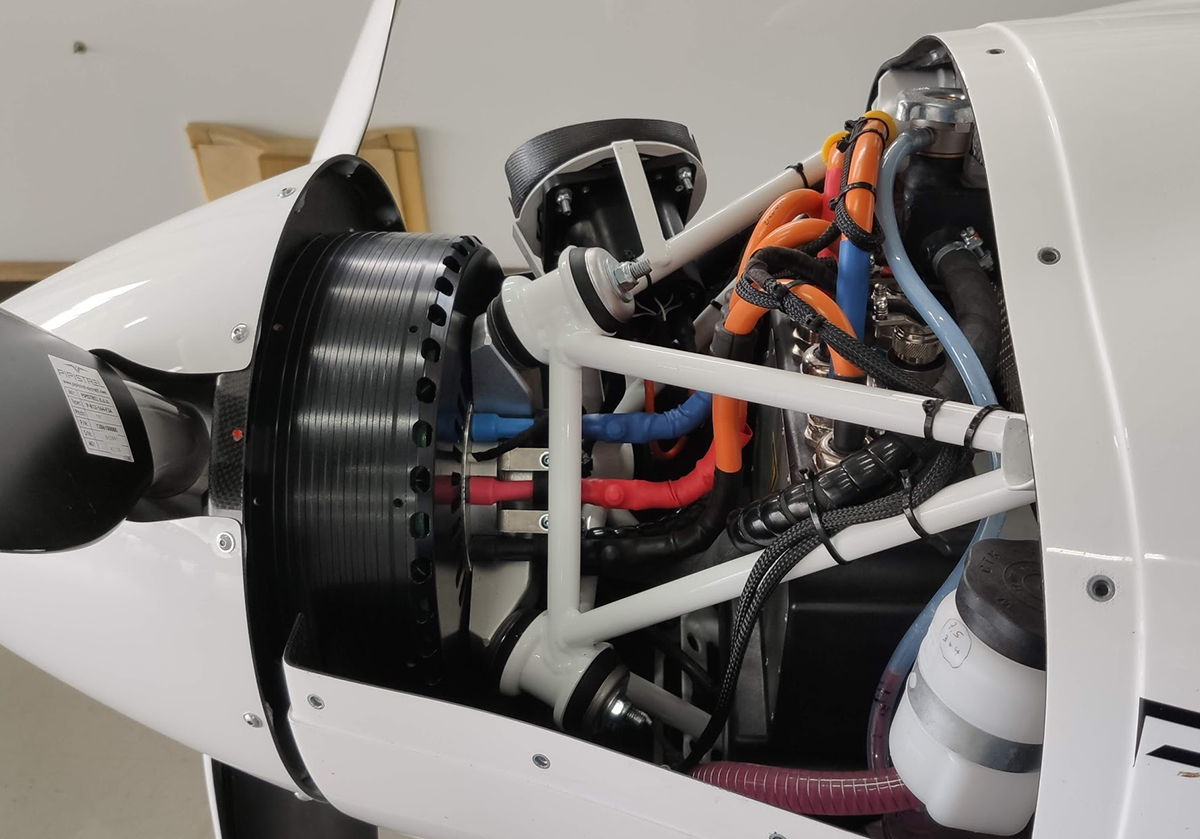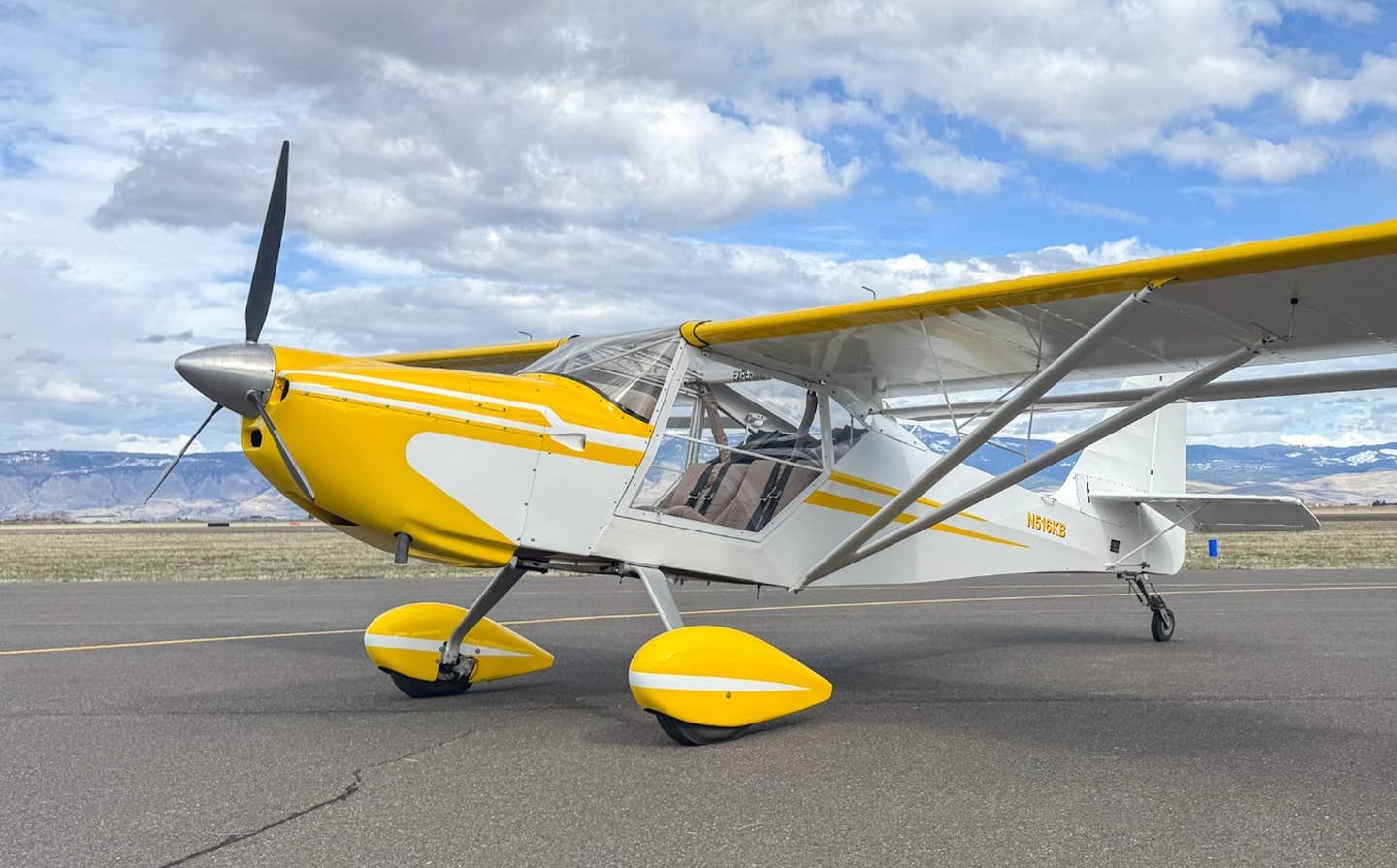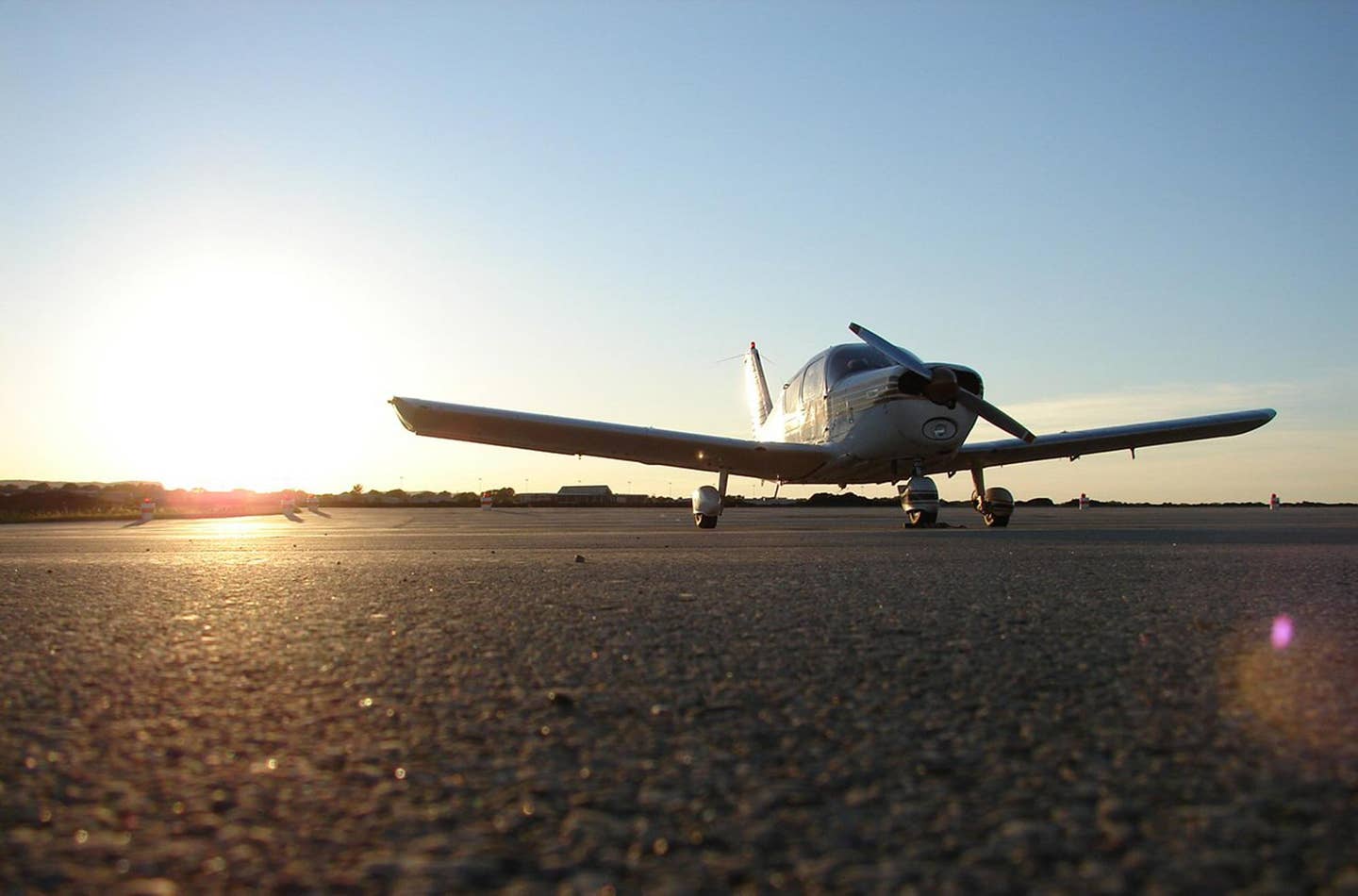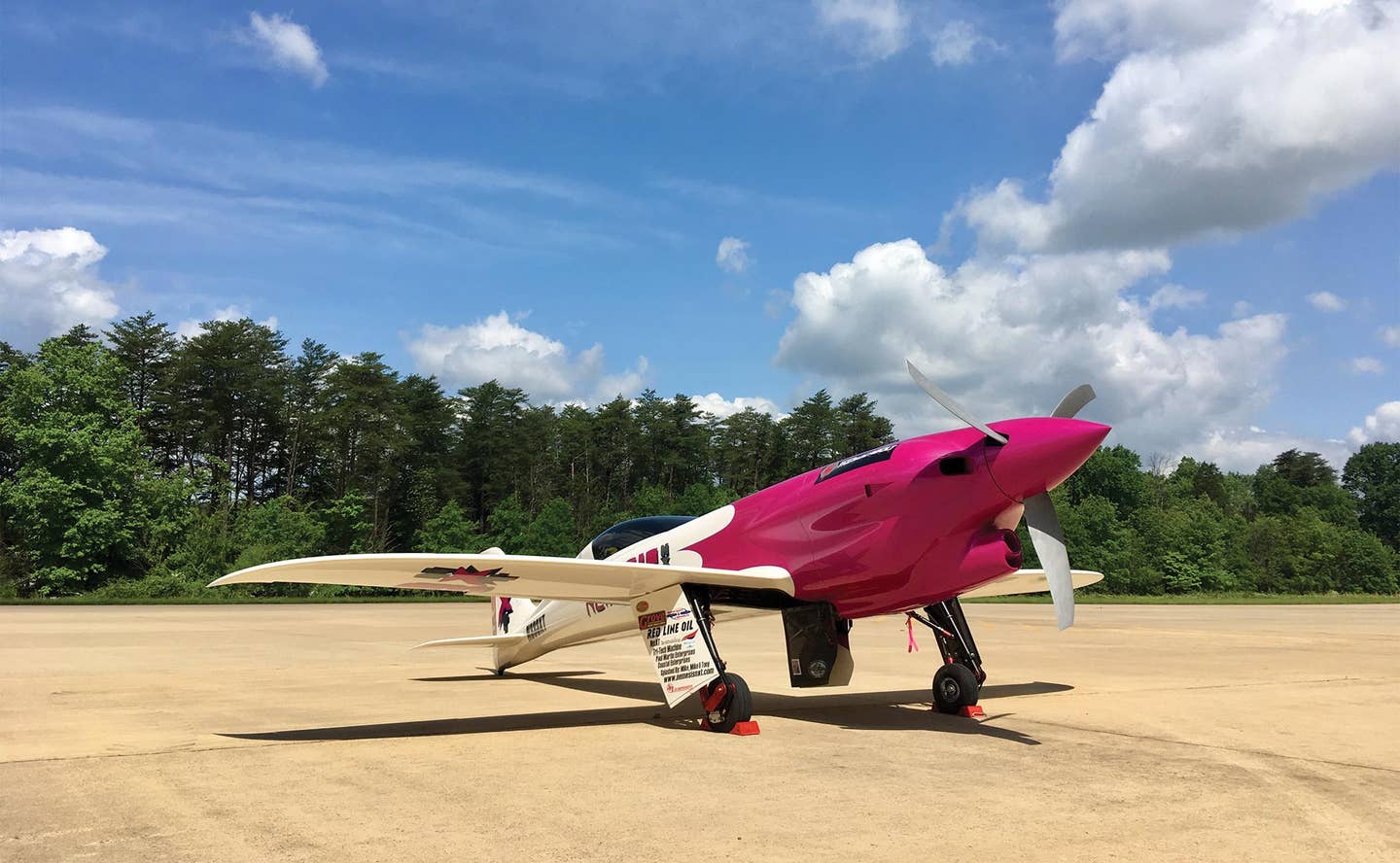Electric Engines
At least to some degree, it’s not accurate to call electric propulsive devices “engines.” They are actually “motors” because, unlike engines, they don’t produce the energy that they convert into…

While they are likely to inspire little of the romance and grease monkey appeal of gas piston engines, new electric motors, like this one from Pipistrel, could be finding their way onto the noses of countless small planes in coming years. Photo via Creative Commons
At least to some degree, it's not accurate to call electric propulsive devices "engines." They are actually "motors" because, unlike engines, they don't produce the energy that they convert into motion. Then again, the terms have become almost interchangeable, to the point that MIT's guidance on the subject is that the two terms are, for all intents and purposes, interchangeable these days.
The future of flight at this point looks to be electrically driven, so it would stand to reason that electric motors will be the new objects of study and fascination for pilots in the same way that Merlins and Double Wasps have been up to now. But it's not likely to happen. Electric motors take electricity that's stored elsewhere and translate it to a spinning prop. They are dirt-simple compared to even the most rudimentary gas piston engine. Maybe the new figureheads of aviation will be awesome new technology batteries? Yeah, that's not likely to happen either, though it doesn't mean we won't be happy to have them in our lives.

Subscribe to Our Newsletter
Get the latest Plane & Pilot Magazine stories delivered directly to your inbox






